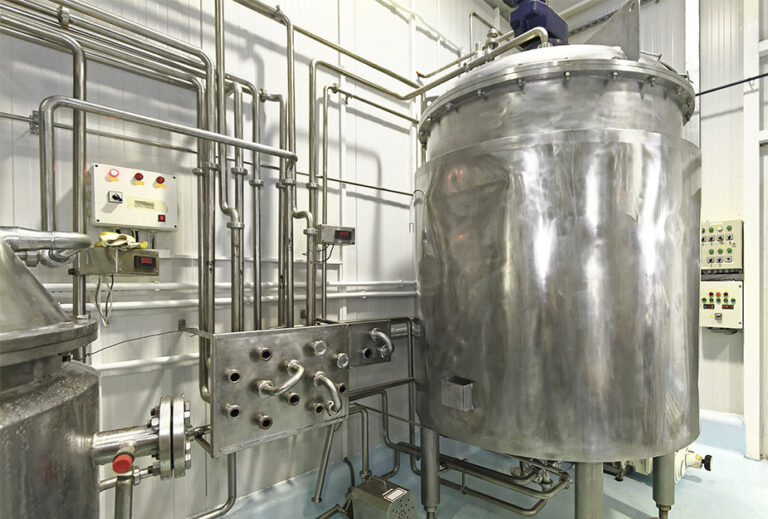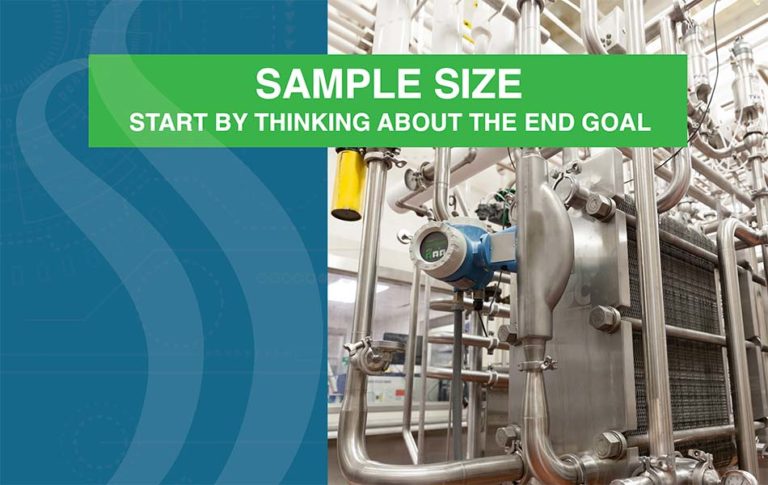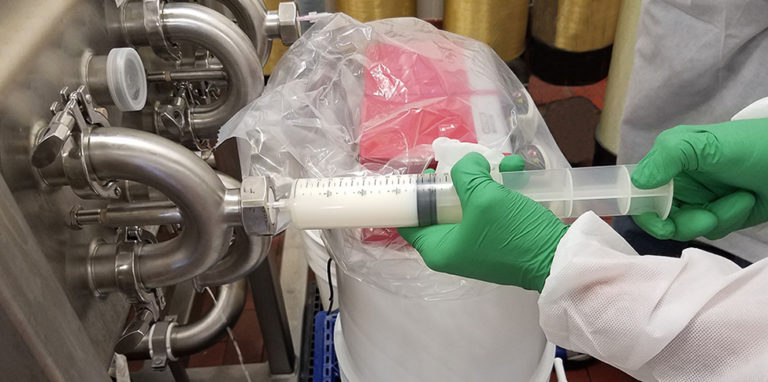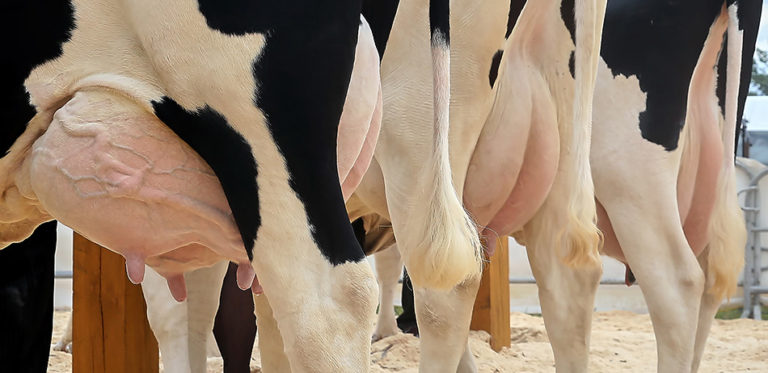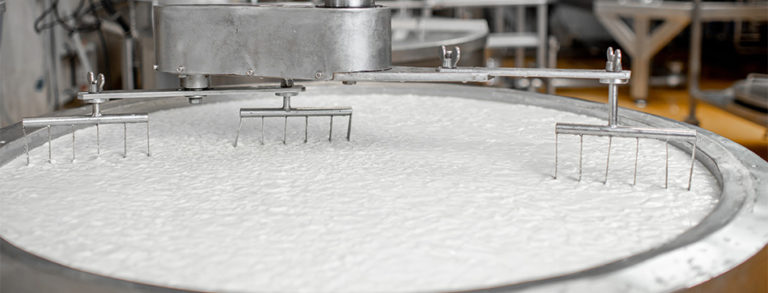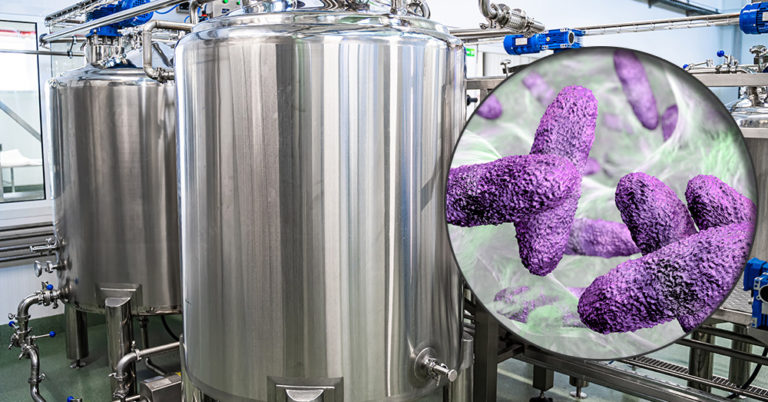Membrane Filtration Sampling
Membrane filtration is a widely used process in the dairy industry that separates specific components of milk and whey and then either concentrates or removes/reduces them. The technology used in cheese-making, whey protein concentration, fractionation of protein, and numerous other dairy processes requires special sampling considerations for both regulatory purposes and component analysis. It is…



